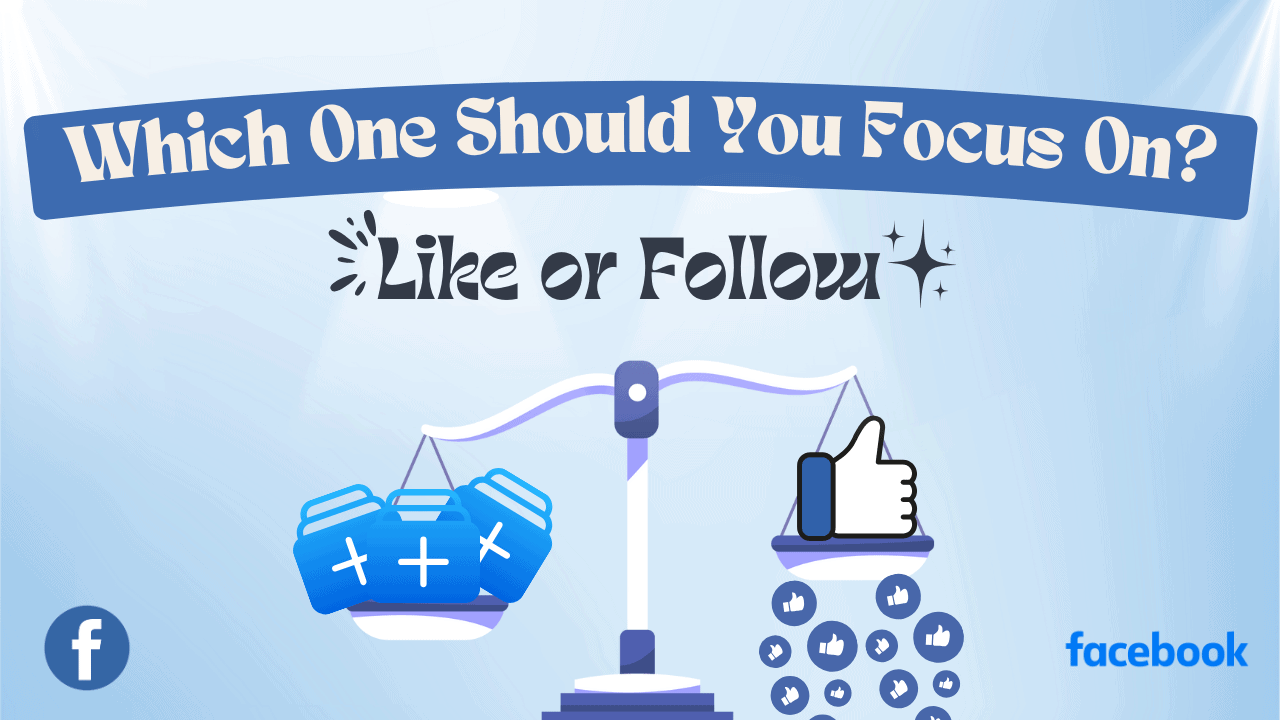What Do Likes on a Facebook Page Really Mean?
When someone likes your Facebook business page, it’s a clear sign of support. But what does that actually mean for your page? At its core, a Facebook Like indicates that a person has chosen to show interest in your brand, but it’s important to understand how this works beyond just the number that appears.
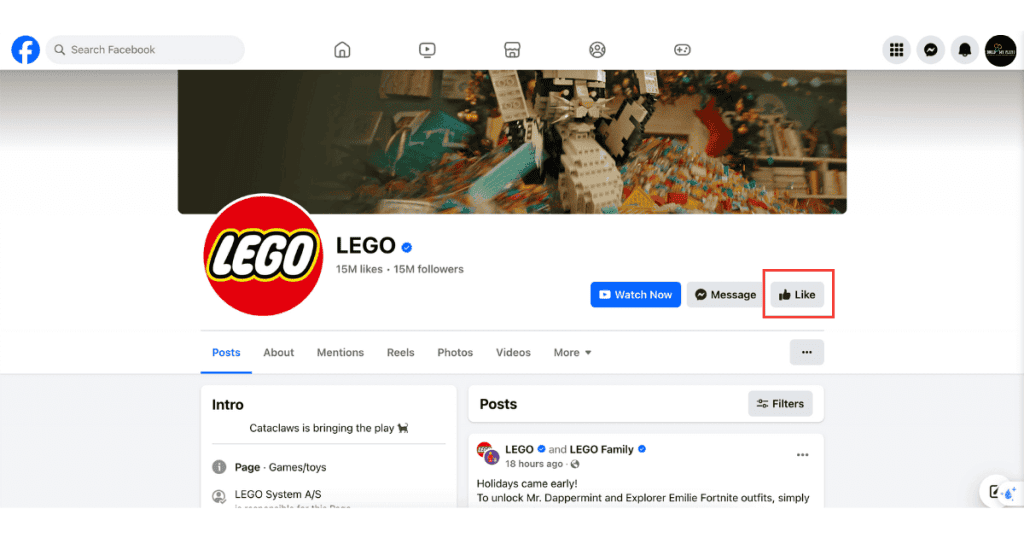
Despite this, a Like on Facebook is generally a more passive form of engagement. While it does signal support, it doesn’t guarantee ongoing interaction with your content. For instance, a person who likes your page can still choose to unfollow it later. If they do, they’ll no longer see your posts in their feed, although their Like will remain on the page, keeping them part of your audience.
From a business perspective, Facebook Likes play an important role in establishing your brand’s visibility and credibility. While they may not result in constant engagement, they contribute to the overall reach of your content. Plus, in many ways, Likes are often a starting point for further interaction with your brand. They form the foundation of your social media presence, helping you grow your audience and create a sense of community around your page.
What Do Follows on a Facebook Page Really Mean?
A “Follow” on a Facebook page represents an active and intentional engagement by a user who wants to stay updated with your content. Unlike a “Like,” which simply signals a person’s initial interest in your page, following ensures that your posts, updates, and other content appear directly in their news feed. This is a deliberate choice by the user to receive ongoing communication from your brand.
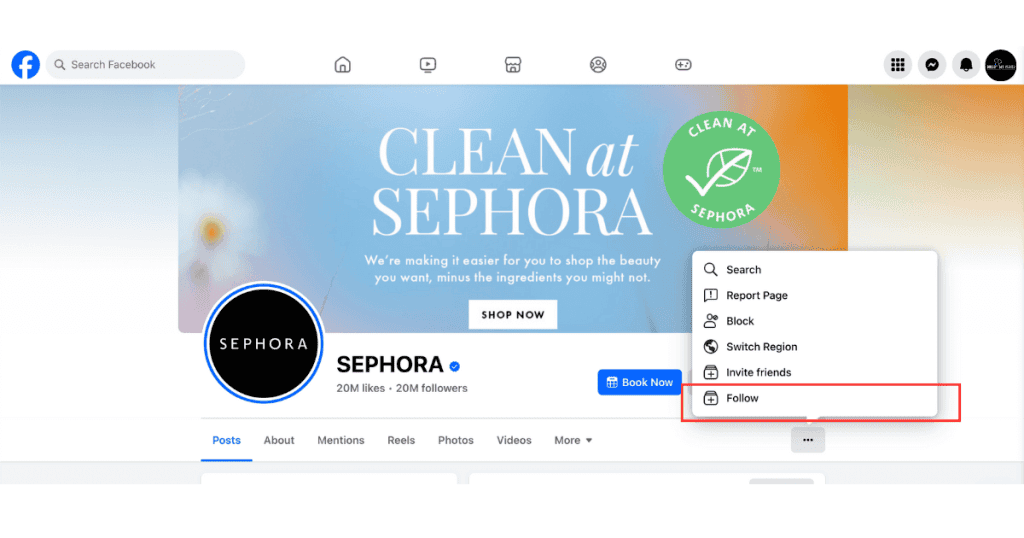
For businesses, the value of a Facebook follow lies in its ability to cultivate a dedicated audience. A user who follows your page is likely more invested in the information you share, and as a result, may interact with your content more regularly. The follow action offers more control to the user, as they can opt to follow without having to like the page. This distinction means that people can stay connected to your brand without committing to interacting with every single post, creating a more tailored and personalized experience.
In terms of impact, growing your follower base is crucial for building long-term engagement with your audience. Followers are an important metric for gauging the success of your content strategy, as they represent a group of people who have actively chosen to receive updates from your page. This makes the number of followers a more dynamic measure of your page’s reach and potential for engagement than likes alone.
What’s the Difference Between Like vs Follow on Facebook?
On Facebook, “Likes” and “Follows” are two distinct ways users can engage with a page, each serving different purposes. It’s important to understand these differences in order to use them effectively to grow your page and connect with your audience.
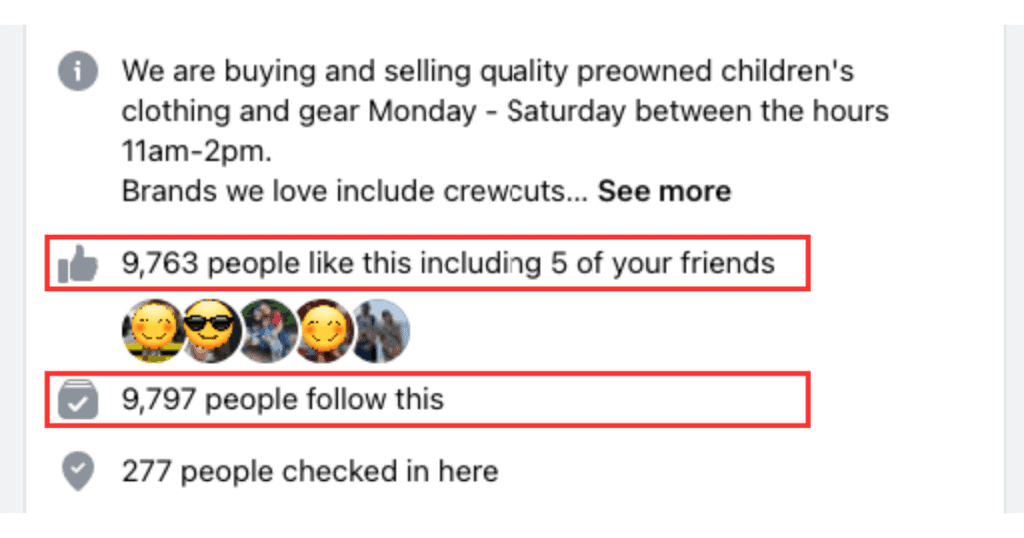
Likes
Public Endorsement
When a user likes a page, it acts as a public endorsement of that page. This action appears in their profile and can be seen by their friends, which can help increase the page’s visibility. The “Like” is often the first step someone takes when they’re interested in your content, signaling an initial level of support.
Passive Engagement
While liking a page shows support, it doesn’t necessarily mean that the user will see your posts regularly. Facebook’s algorithm determines which posts appear in their feed based on factors such as past interactions and user interests. This means that a “Like” alone doesn’t guarantee consistent engagement with your content, and the visibility of your posts may vary.
Likes can boost your page’s popularity, especially when friends of the user can see their action. However, this is a more passive form of engagement compared to following, as it doesn’t involve direct, ongoing interaction with your posts.
Follows
Content Subscription
When a user follows a page, it means they have actively chosen to receive updates from that page in their news feed. This indicates a desire for ongoing engagement with your content, making followers a more engaged audience. Following ensures that your posts will appear in their feed as long as they haven’t unfollowed the page.
Control Over Content
Following gives users control over what they see in their feed. They can follow a page without liking it, allowing them to stay updated without publicly endorsing the page. Additionally, they can unfollow a page at any time, which means they will stop receiving updates in their feed but will still remain listed as a “Like” of the page.
The ability to follow a page without liking it provides flexibility for users, allowing them to engage with content on their terms. Unlike “Likes,” which tend to be a one-time interaction, following involves a more active decision to stay connected and receive updates.
Some Key Differences Between Facebook Like Vs Follow
Nature of Engagement
- Likes: A like is a simple action that indicates appreciation at that moment, but it doesn’t suggest ongoing interaction. It’s a passive form of support.
- Follows: A follow is an active decision to receive content regularly, ensuring more consistent interactions and engagement with your posts.
Visibility
- Likes: Liking a page doesn’t guarantee the user will see your posts regularly in their feed, as Facebook’s algorithm decides what content is displayed.
- Follows: Followers are more likely to see your posts regularly in their feed because they’ve opted in to receive updates. This makes followers critical for sustained engagement and ensuring your content is viewed.
Building Relationships
- Likes: While Likes help boost a page’s popularity and visibility, they don’t necessarily build a lasting relationship. They show support, but not a deep or ongoing connection.
- Follows: Follows show a stronger commitment to your brand, as users have actively chosen to engage with your content over time. This leads to more meaningful and lasting relationships, as followers are more invested in your brand’s updates.
Impact on Growth
- Likes: While likes can increase your page’s visibility, they don’t necessarily contribute to growth in reach or audience engagement. Likes provide social proof, showing others support your page.
- Follows: Followers are the lifeblood of sustained growth on Facebook. As your follower count increases, so does your potential for organic reach, engagement, and long-term success. Followers are more likely to interact with your content, share your posts, and return for updates.
Notifications and Engagement
- Likes: Liking a page is a one-time interaction. Users won’t receive notifications about your posts unless they follow you.
- Follows: Followers receive notifications when you post new content, making them more likely to engage and interact regularly. This ongoing engagement drives more interaction and reach for your page.
Why Does Understanding Like vs Follow on Facebook Matter?
For businesses and brands, focusing on follows rather than just likes is essential for creating more meaningful interactions and ensuring long-term growth. While getting likes helps increase your page’s visibility, follows are a much better indicator of how engaged users are with your content. When more people follow your page, it means they’re interested in receiving your updates regularly. This leads to higher interaction rates, more engagement, and increased brand loyalty over time.
As your follower count grows, your posts will be seen by people who are genuinely interested in your content. These followers are more likely to interact with your posts, comment, and share them with others. Shares, in particular, help expand your reach to new audiences, as followers introduce your content to their networks. This kind of organic growth can be far more powerful than just collecting likes, as it creates a snowball effect for your content to spread.
While likes might give your page an initial popularity boost, building a large and engaged follower base is crucial for sustaining success on Facebook. Followers are more likely to stay connected with your page, engage with your content, and remain loyal to your brand in the long term.
By understanding the difference between likes vs follow on Facebook, you can fine-tune your social media strategy. It ensures that you focus on the right kind of engagement—building a strong, loyal audience that interacts with your content and helps spread the word about your brand.
Which is More Important on Facebook: Like vs Follow?
When considering like vs follow on Facebook, it’s important to understand the relationship between the two. While both metrics matter, followers are more crucial for long-term engagement and growth.
Likes provide an initial boost to your page’s popularity, but they don’t guarantee sustained interaction. A Like is a one-time action that doesn’t ensure users will continue to see or engage with your posts.
Followers, however, represent an engaged audience that has actively chosen to receive your updates in their feed. They’re more likely to interact with your content regularly, which drives higher engagement. Unlike Likes, followers show a deeper commitment to your page, making them a stronger indicator of ongoing interest.
A good example for likes and follows is when a page has many Likes but fewer followers. The Likes help with visibility, but without followers, your content may not be consistently seen or interacted with, reducing overall engagement.
The key is maintaining a balance between Likes and Followers. Ideally, both should grow steadily over time, with the gap between them remaining small. If the gap increases, it suggests that users are liking your page but not staying engaged by following it.
While Likes can boost social proof and visibility, Followers are more valuable for sustained growth. They give you a dedicated audience, increasing the chances of regular interactions, shares, and organic reach. Therefore, followers are the more important metric for long-term success on Facebook.
Why Are Facebook Followers More Important?
When comparing likes vs followers on Facebook, followers clearly play a more vital role in long-term growth. Here’s why:
1. Higher Engagement Rates
Followers are more inclined to engage with your posts through likes, comments, and shares. This higher engagement signals to Facebook’s algorithm that your content is valuable, increasing the likelihood that it will appear in more people’s feeds.
2. Consistency and Reach
Regularly posting valuable content keeps followers engaged and coming back for more. This ensures your posts continue to reach a wider audience, helping to maintain visibility on the platform.
3. Better Conversion Opportunities
Since followers are already interested in your content, they’re more likely to respond to calls-to-action, whether it’s making a purchase or recommending your brand. They’re more invested, which can lead to better conversion rates.
4. Increased Organic Growth
As your follower count grows, so does your organic reach. Followers interact with your posts, which can lead to increased shares and exposure to a broader audience, helping to expand your brand’s reach without the need for paid ads.
How to Get More Follows on Facebook?
Now that you understand the value of Facebook followers, here are some effective strategies to help you boost your follower count:
Create Engaging Content
Focus on producing high-quality, valuable content that resonates with your target audience. Content that captivates and engages users encourages them to follow your page to stay updated on future posts.
Interact with Your Audience
Engagement is key. Respond to comments, messages, and questions to show that you care about your followers. The more you interact, the more likely people are to follow you and stay connected with your content.
Invest in Facebook Ads
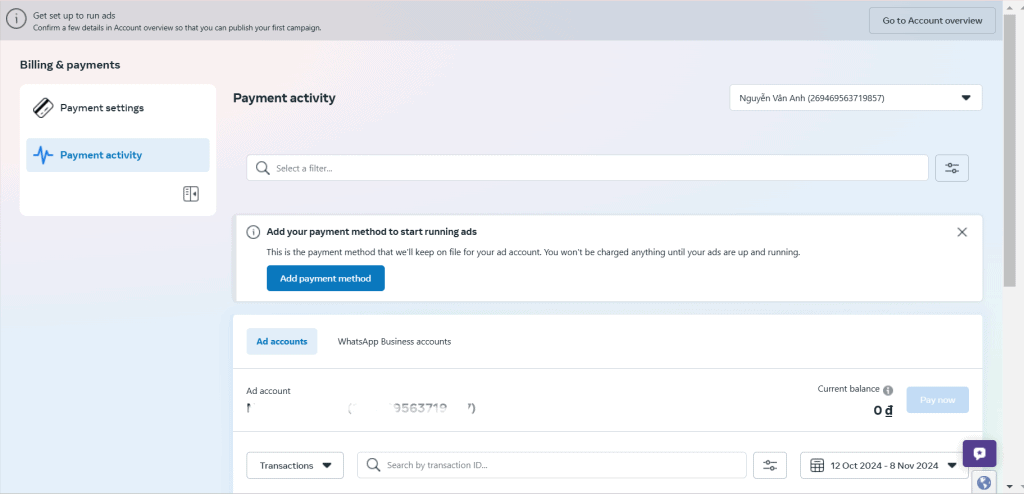
Promote Your Page Across Platforms
Cross-promote your Facebook page on other social media channels like Instagram, Twitter, or your website. This helps you tap into new audiences and increase your chances of gaining more followers.
Run Contests and Giveaways
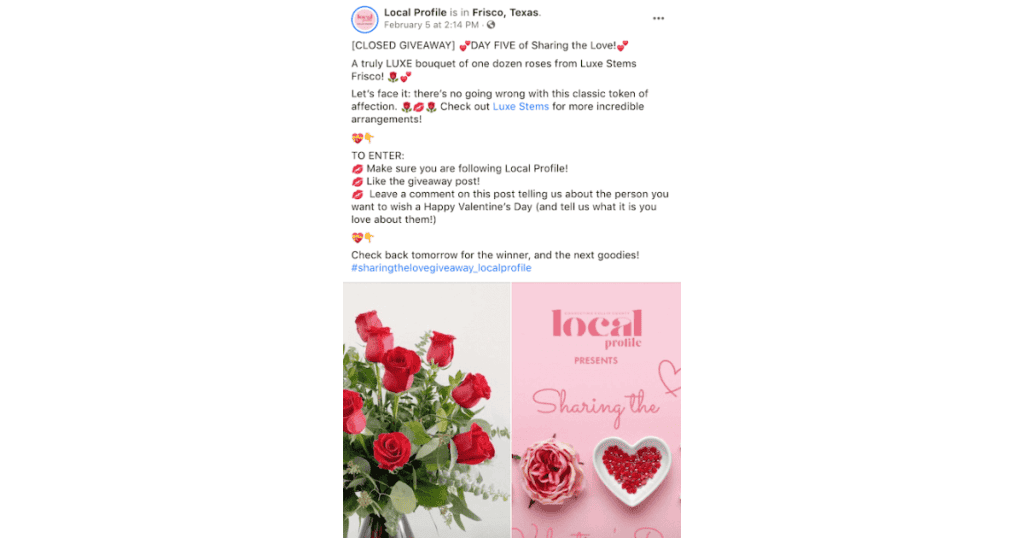
Partner with Influencers
Collaborating with influencers or other brands in your niche can help you reach a wider audience. Influencers can encourage their followers to visit and follow your page, helping you grow your audience quickly.
In Summary
To sum up, both Likes and Followers are important for your Facebook page, but they serve different purposes. While Likes can help increase visibility and show social proof, Followers give a better picture of your true reach and engagement. Followers actively choose to see your updates, meaning they are more likely to engage with your content and share it, which helps your brand grow over time.
If you want to build an engaged community on Facebook, it’s important to focus on both Likes and Followers. However, Followers are more important for long-term success because they represent an audience genuinely interested in your content. By focusing on both, you can increase your brand’s reach and engagement, creating a strong presence on Facebook.

